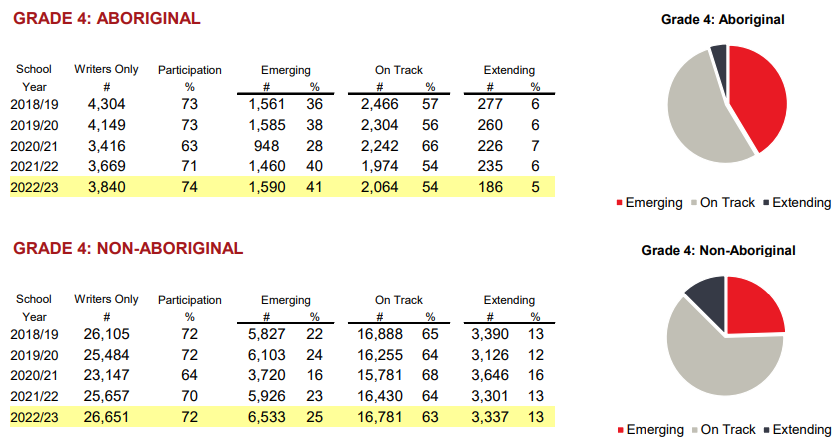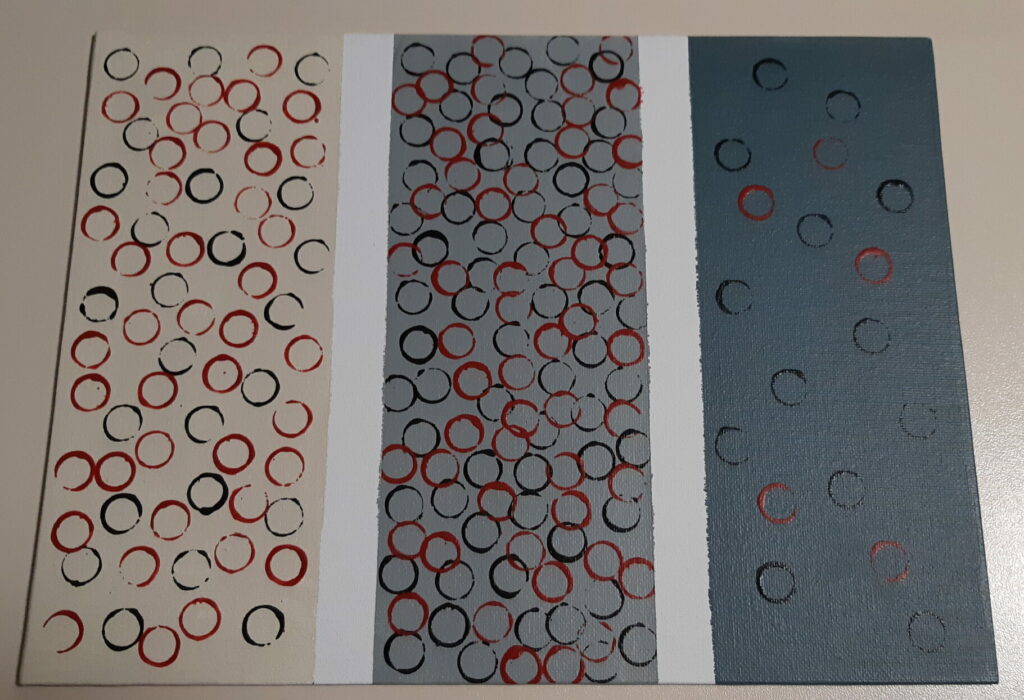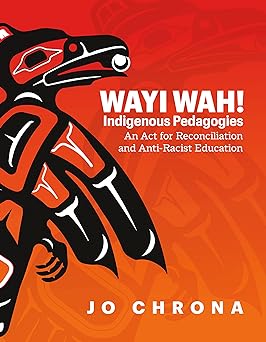Educators respect and value the history of First Nations, Inuit and Métis in Canada and the impact of the past on the present and the future. Educators contribute towards truth, reconciliation and healing. Educators foster a deeper understanding of ways of knowing and being, histories, and cultures of First Nations, Inuit and Métis.
Developing an understanding of Indigenous cultures and ways of teaching and learning has been an important part of the teaching program since the first semester.
In EDUC 346, one of the first topics discussed was racism. We watched Dr. DiAngelo’s book talk about White Fragility and it was incredibly impactful. To read my blog post about this book, click the cover image. It tackles the founation of systematic racism.
For EDUC 346, we also read Wayi Wah! by Jo Chrona. More details about this book can be found on my blog post by clicking the cover image. A message of this book is the importance of place based learning and not assuming students abilities based on racist stereotypes.
Understanding Indigenous ways of teaching and learning has also be developed by building familiarity with the First Peoples Principles of Learning (shown in the image below). As we have developed lesson and unit plans throughout the program, we have considered how lessons can align with these principles of learning. The First Peoples Principles of Learning are focused on teaching pedagogy rather than on the content of the lessons. This means it’s possible to incorporate one or more of the principles into every lesson that is taught. These principles were developed by the First Nations Education Steering Committee (FNESC). As stated by FNESC, “they represent an attempt to identify common elements in the varied teaching and learning approaches that prevail within particular First Nations societies. It must be recognized that they do not capture the full reality of the approach used in any single First Peoples’ society.”

In EDUC 446, we furthered our understanding of Indigenous history and ways of knowing which culminated in a final analogical model. The inspiration for my model came from Andrea Bear Nicholas’s peer reviewed article titled “The Role of Colonial Artists in the Dispossession and Displacement of the Maliseet, 1790’s-1850’s.” The main argument of the article is that artistic misrepresentations contributed to the dispossession and displacement, and resulting near extinction, of the Maliseet population in the 1800’s. Colonial artists presented the Maliseet people as well off even though they were suffering due to the colonization of their lands. I read the article for HIST 3711: “Histories of Indigenous Peoples and Canada” through Thompson Rivers University’s Open Learning. I learned a massive amount about Indigenous Peoples in North America that I had no prior knowledge of through the course readings. Although there were many other impactful articles, Nicholas’s article outlined the importance of representation. So, for the analogical model, I applied this theme to the literacy assessment data released by FNESC. The below image is from page 11 of FNESC’s How Are We Doing? report.

Using the data from the 2022/23 Foundation Skills Assessment (FSA) results for grade 4 reading and literacy, I complied the data for Aboriginal and non-Aboriginal students into an art piece, shown in the next image. The left column represents the Emerging assessments, the middle column is the On Track assessments, and the right column is the Extending assessments. Each red circle represents a percentage of Aboriginal students that wrote the exam and each black circle represents a percentage of non-Aboriginal students that wrote.

With the data overlapping in the columns, I find it more noticeable that majority of the Emerging assessments were written by Aboriginal students. It’s also incredibly noticeable how few Aboriginal students wrote assessments that were Extending. In an ideal world, each column would have equal amounts of black and red circles and in a utopia, all 200 circles would be on the far right. As an educator, my goal will be to contribute to more red circles moving towards the right and this canvas will serve as a reminder of that goal. I want Aboriginal students to have the same success as non-Aboriginal students as literacy is incredibly important to navigating our society, whether it’s for the purpose of a job or other opportunity. So much of our society requires reading to be able to understand it and everyone should be able to participate equally.
Published:
Last Modified:


